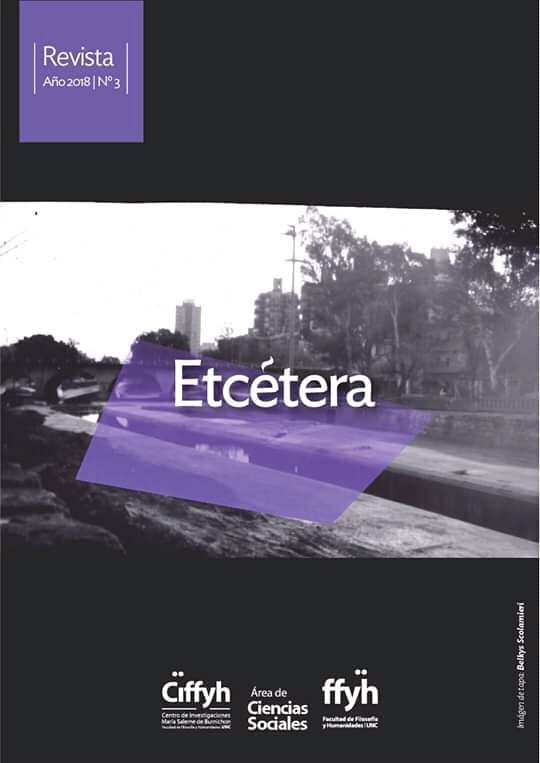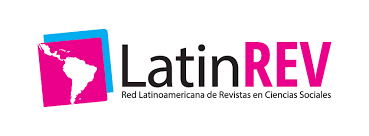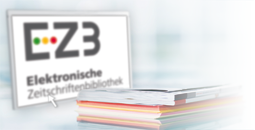Huevos podridos y el universo: Métodos heterodoxos de comunicación de la ciencia
Palabras clave:
comunicación, ciencia, sentidosResumen
La comunicación de la ciencia se ha enfocado en la transmisión de la información a través de los sentidos de la vista y el oído. El incorporar más sentidos permite una comunicación heterodoxa; el uso del tacto, el olfato o el gusto, ayudan a retener mejor la información presentada, permiten tener actividades especialmente diseñadas para ciudadanos con alguna discapacidad física, o generan sinergias para crear comunicación multidisciplinaria en conjunto con las artes. En este artículo describimos varias actividades innovadoras y heterodoxas de comunicación de la astronomía.Descargas
Referencias
Belloche, A.; Garrod, R. T.; Müller, H. S. P.; Menten, K. M.; Comito, C., y Schilke, P. (2009). “Increased complexity in interstellar chemistry: detection and chemical modeling of ethyl formate and n-propyl cyanide in Sgr B2(N)”. En: Astronomy & Astrophysics, Nº 409, pp. 215-232. Ithaca: Cornell University Library.
Belloche, A.; Menten, K. M.; Comito, C.; Müller, H. S. P; Schilke, P.; Ott, J.; Thorwirth, S., y Hieret, C. (2008). “Detection of amino acetonitrile in Sgr B2(N)”. En: Astronomy & Astrophysics, Nº 482, pp. 179-196. Ithaca: Cornell University Library.
Bohannon, J. (2016). “And the winner of this year’s Dance Your Ph.D. contest is…”. En: Science. En línea: https://www.sciencemag.org/news/2016/10/and-winner-year-s-dance-your-phd-contest. Consultado en octubre de 2018.
Cohen, B. (1981). “The fear and distrust of science in historical perspective”. En: Science, Technology & Human Values, Nº 6 (36), pp. 20-24. California: SAGE. En línea: https://www.jstor.org/stable/689095?seq=1#metadata_info_tab_contents.
Dayé, C., y de Campo, A. (2013). “Sounds sequential: sonification in the social sciences”. En: Interdisciplinary Science Reviews, Vº 31, Nº 4, pp. 349-364. Londres: Tylor & Francis.
de Leo-Winkler, M. A.; Wilson, G.; Green, W.; Chute, L.; Henderson, E., y Mitchell, T. (2018). “The vibrating universe: Astronomy for the deaf”. En: Journal of Science Education and Technology. Reino Unido: Springer. En prensa.
de Leo-Winkler, M. A.; Wilson, G., y Simpson, S. L. (2018). “Sensing the universe: outreach activities for inclusion”. En: Agata, H.; Cheung, S.; Daou, D.; Gay, P.; Hayashi, S.; Karino, S.; Molina, C.; Russo, P.; Sandu, O.; Yaji, K., y Yamaoika, H. (orgs.), Communicating Astronomy with the Public Conference 2018, pp. 303-305. Fukuoka: International Astronomical Union. En línea: https://www.communicatingastronomy.org/about/.
Díaz-Merced, W. L.; Candey, R. M.; Brickhouse, N.; Schneps, M.; Mannone, J. C.; Brewster, S., y Kolenberg, K. (2011). “Sonification of astronomical data”. En: Griffin, R. E. M.; Hanisch, R. J., y Seaman, R. (comps.), Proceedings IAU Symposium Nº 285, pp. 133-136. Reino Unido: Cambridge University Press. En línea: http://www.academia.edu/25317231/Sonification_of_Astronomical_Data.
Dowell, E., y Weitkamp, E. (2011). “An exploration of the collaborative processes of making theatre inspired by science”. En: Public Understanding of Science, Nº 21(7), pp. 891-901. California: SAGE. En línea: http://journals.sagepub.com/doi/10.1177/0963662510394278#articleCitationDownloadContainer Consultado en octubre 2018.
Eldred, S. M. (2016). “Art-science collaborations: change of perspective”. En: Nature, Nº 537, pp. 125-126. Londres : Nature Publishing Group. En línea: https://www.nature.com/nature/journal/v537/n7618/full/nj7618-125a.html.
Flowers, J. H.; Whitwer, L. E.; Gravel, D. C., y Kotan, C. A. (2001). “Sonification of daily weather records: issues of perception, attention and memory in design choices”. En: Proceedings of the 2001 International Conference on Auditory Display, pp. 222-226. Espoo: University of Nebraska-Lincoln. En línea: http://digitalcommons.unl.edu/cgi/viewcontent.cgi?article=1431&context=psychfacpub.
Kabat, G. C. (2017). “Taking distrust of science seriously”. En: EMBO Rep., Nº 18 (7), pp. 1052-1055. Nueva York: Guilford Press. En línea: https://www.ncbi.nlm.nih.gov/pmc/articles/PMC5494502/.
Ophir, E.; Nass, C., y Wagner, A. D. (2009). “Cognitive control in media multitaskers”. En: PNAS, Nº 106 (37), pp. 15583-15587. Washington: United States National Academy of Sciences. En línea: http://www.pnas.org/content/106/37/15583.
Rosen, L. D.; Lim, A. F.; Carrier, L. M., y Cheever, N. A. (2011). “An empirical examination of the educational impact of text message-induced task switching in the classroom: educational implications and strategies to enhance learning”. En: Psicología Educativa, Nº 17 (2), pp. 163-177. Madrid: Colegio Oficial de Psicólogos de Madrid. En línea: https://www.psychologytoday.com/sites/default/files/attachments/40095/anempiricalexaminationoftheeducationalimpactoftextmessageinducedtaskswitchingintheclassroom-educati.pdf. Consultado en octubre 2018.
Sandu, O., y Christensen, L. L., (2011). “Outrageous outreach - unconventional ways of communicating science”. En: CAP Journal, Vº 11, pp. 22-30. París: IAU. En línea: https://www.communicatingastronomy.org/old/cap2011/presentations/sandu_article.pdf. Consultado en octubre 2018.
Schwartz, B. (2014). “Communicating science through the performing arts”. En: Interdisciplinary Science Reviews, Nº 39 (3), pp. 275-289. Londres: Tylor & Francis.
Wasserman, S., y Young, M. F. (2013). “The great immensity: a theatrical approach to climate change”. En: Curator. The Museum Journal, Nº 56 (1), pp. 79-86. California: Wiley-Blackwell y California Academy of Sciences. En línea: https://onlinelibrary.wiley.com/doi/epdf/10.1111/cura.12008.
Descargas
Publicado
Número
Sección
Licencia
Aquellos autores/as que tengan publicaciones con esta revista, aceptan los términos siguientes:
- Los autores/as conservarán sus derechos de autor y garantizarán a la revista el derecho de primera publicación de su obra, el cuál estará simultáneamente sujeto a la Licencia de reconocimiento de Creative Commons que permite compartir, copiar, distribuir, ejecutar y comunicar públicamente la obra, siempre que: 1) se cite la autoría y la fuente original de su publicación (revista, editorial y URL de la obra); 2) no se use para fines comerciales; 3) En caso que se transforme o genere una obra derivada a partir de esta obra, deberá compartise bajo las mismas condiciones establecidas por esta licencia.
- Los autores/as podrán adoptar otros acuerdos de licencia no exclusiva de distribución de la versión de la obra publicada (p. ej.: depositarla en un archivo telemático institucional o publicarla en un volumen monográfico) siempre que se indique la publicación inicial en esta revista.
- Se permite y recomienda a los autores/as difundir su obra a través de Internet (p. ej.: en archivos telemáticos institucionales o en su página web) luego de la publicacion del articulo, lo cual puede producir intercambios interesantes y aumentar las citas de la obra publicada. (Véase El efecto del acceso abierto).
- El titular del copyright es Etcétera. Revista del Área de Ciencias Sociales del CIFFyH.



















